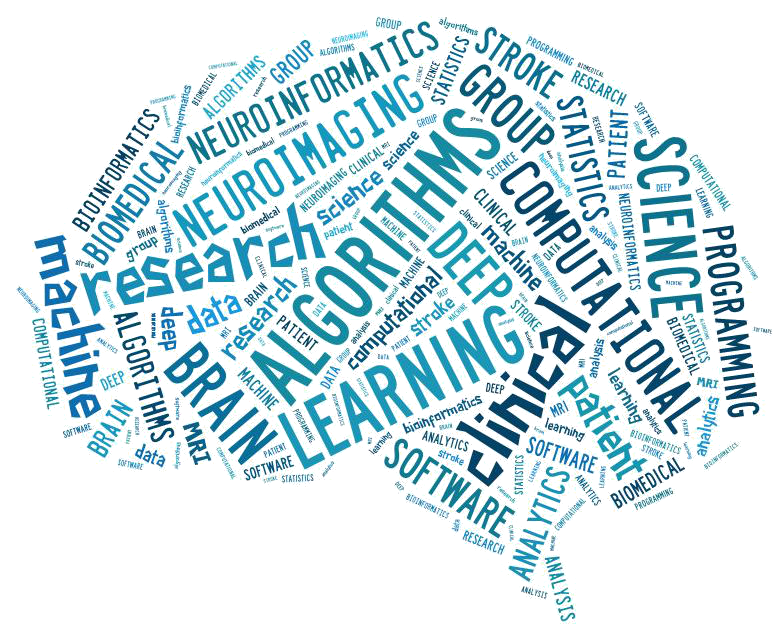Machine Learning
. Predicting neurological outcome in comatose patients after cardiac arrest with multiscale deep neural networks. Resuscitation 2021;169:86-94.Abstract

. Ensemble of Convolutional Neural Networks Improves Automated Segmentation of Acute Ischemic Lesions Using Multiparametric Diffusion-Weighted MRI. AJNR Am J Neuroradiol 2019;40(6):938-945.Abstract
. Applying instance-based techniques to prediction of final outcome in acute stroke. Artif Intell Med 2005;33(3):223-36.Abstract
. Multiparametric magnetic resonance imaging of brain disorders. Top Magn Reson Imaging 2010;21(2):129-38.Abstract
. Comatose patients with cardiac arrest: predicting clinical outcome with diffusion-weighted MR imaging. Radiology 2009;252(1):173-81.Abstract
. Segmentation of cerebrovascular pathologies in stroke patients with spatial and shape priors. Med Image Comput Comput Assist Interv 2014;17(Pt 2):773-80.Abstract
. Infarct prediction and treatment assessment with MRI-based algorithms in experimental stroke models. J Cereb Blood Flow Metab 2007;27(1):196-204.Abstract





